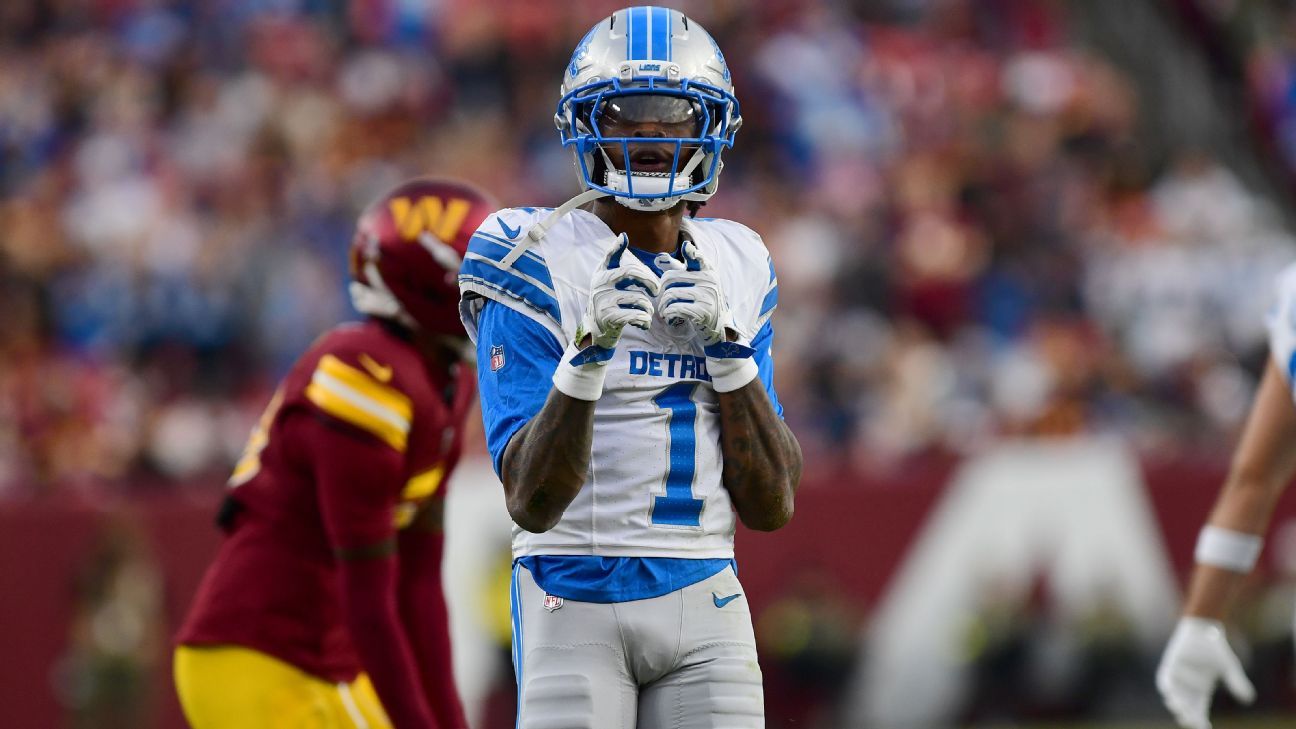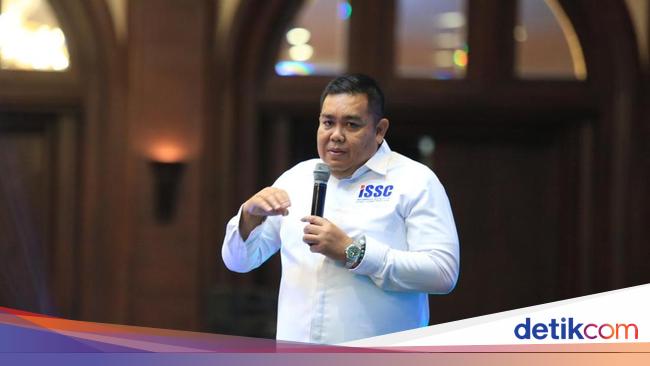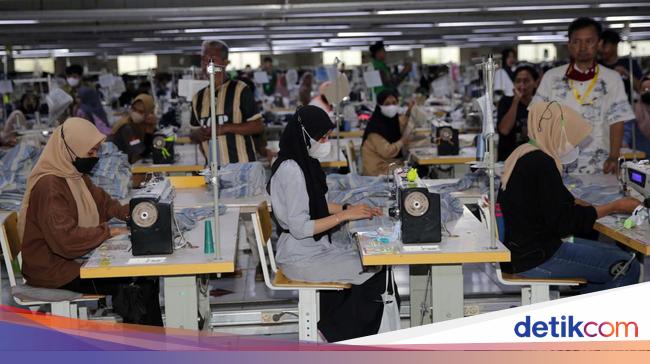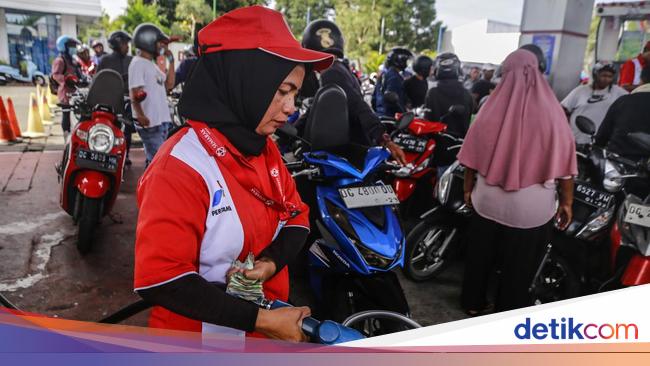Multiple Contributors
Nov 13, 2025, 07:35 AM ET
Being on the management side of any labor negotiations often comes with the tag of being the "heavy" or "bad guy" when it comes to disputes. NBA commissioner Adam Silver, WNBA commissioner Cathy Engelbert and the league owners have tried to reframe the current WNBA collective bargaining process as both sides wanting similar things: continued growth for the league and prosperity for the players.
The players' association, however, has been much more aggressive in courting public opinion and criticizing the league and its negotiating tactics, with executive committee member Napheesa Collier of the Minnesota Lynx specifically targeting Engelbert's leadership.
In recent weeks, the WNBA has begun to push back at some of the union's claims with statements defending management's side. With WNBA franchise valuations skyrocketing in recent years, a new television deal that starts in 2026, and expansion to 18 teams coming by 2030, the league appears to be in its best financial shape since launching in 1997.
The management viewpoint in these negotiations is that the league must continue its financial growth to become a profitable business, along with rewarding the players as the primary agents of that growth.
The WNBA's initial Oct. 31 CBA deadline was extended 30 days until the end of November. Now, we're almost halfway there. Amid the ongoing negotiations, ESPN first looked at what is at stake for the players in this next CBA. Here, we look at it from management's perspective.

WNBA commissioner Cathy Engelbert
Engelbert assumed the role of WNBA commissioner -- the first league executive to have that title -- in July 2019, as the league was in the midst of its previous CBA negotiations. Six years later, a lot has changed for Engelbert and the WNBA. After challenging seasons amid the COVID-19 pandemic in 2020 and 2021, she has led the league through a period of tremendous growth: a $2.2 billion media rights deal, franchise valuations now reaching hundreds of millions of dollars, and expansion that will see the league grow from 12 teams in 2010-24 to a record 18 by 2030.
But the past few months of Engelbert's tenure have been rocky, to say the least. The WNBA playoffs were overshadowed by leaguewide criticism of officiating and Collier's explosive exit interview, in which she blasted WNBA leadership as the "worst ... in the world."
Engelbert now sits at the negotiating table tasked with delivering a "transformative" deal that not only significantly boosts player salaries and compensation, but that also -- as Engelbert shared last month -- incentivizes continued investment from owners and ensures the long-term viability of the league.
Once the deal is completed, there's the question of whether Engelbert stays on as commissioner. When asked during the WNBA Finals about her future, Engelbert said she has "never been a quitter," and if there are problems with her leadership, she wants to fix them. But since she reports to both Adam Silver and the owners, that decision might not ultimately be up to her. -- Alexa Philippou
NBA commissioner Adam Silver
Silver joined the NBA in 1992, so he was there for the mid-1990s development and 1997 launch of the WNBA. He became NBA commissioner in October 2012 and has hired two leaders of the WNBA: Lisa Borders in 2016 (when the title was still "president") and Engelbert in 2019.
It's believed that Silver wants the WNBA to run as independently as possible under the NBA's umbrella. But the financial progress of the WNBA in recent years seems to have prompted Silver to be even more involved, specifically as more NBA franchises have wanted to enter or reenter the WNBA as team owners.
That might put a little more pressure on the working relationship between Silver and Engelbert. An example is the ongoing situation with the Connecticut Sun -- will the franchise be sold or moved? -- and if there was enough clear communication between all parties involved.
Ultimately, like his predecessor David Stern, Silver wants the WNBA to stand on its own feet financially as an important part of the global NBA brand. This CBA could mean a lot in defining Silver's legacy with the WNBA. -- Michael Voepel
Billionaire owners
Key examples: New York Liberty, Phoenix Mercury
There are two tiers of owners in the WNBA: millionaires and billionaires. Within those two tiers, there is a notable difference in their willingness to spend. Joe Tsai, who owns the New York Liberty along with wife Clara Wu Tsai, has never been shy about providing what he feels is needed to make the Liberty a world-class franchise. He was at the helm of the push for chartered flights, and before that was allowed by the WNBA, he did it anyway during the 2021 season (and was subsequently fined $500,000 for chartering flights and other violations of league rules).
Joe Lacob (Golden State Valkyries), Mark Davis (Las Vegas Aces) and Mat Ishbia (Phoenix) are in this same category: owners willing to fork out the money for greater returns.
They are the owners who also own NBA or other professional sports teams, whose WNBA teams play in NBA or bigger-scale arenas and have state-of-the-art facilities.
When it comes to the CBA, they might be willing to agree to give the players a bigger piece of the revenue pie because they are confident in the money they will keep making from attendance, jersey sales and other revenue streams. In October, a source told ESPN that these owners truly view the WNBA -- like the other teams they own -- as an investment business. As long as the product continues to make money, the owners will pour into it at greater levels. -- Kendra Andrews
Independent owners
Key examples: Seattle Storm, Connecticut Sun
These owners helped keep the WNBA afloat when NBA owners lost interest after the league's early years. A group of season-ticket holders kept the Storm in Seattle when the NBA's SuperSonics moved to Oklahoma City. The Mohegan Tribe was the first WNBA independent operator, moving the Orlando Miracle to Connecticut in 2003.
Once a key voting block, independent owners are now badly outnumbered as NBA owners have seen the renewed financial potential of women's basketball. Even the potential sale of the Sun has been complicated by the WNBA's desire to prioritize the bidders from the league's most recent round of expansion, which saw all three teams -- Cleveland, Detroit and Philadelphia -- awarded to NBA groups.
Given their more limited resources, independent owners are understandably more focused on limiting expenses and maintaining a level playing field. They also have the strongest argument in favor of recouping losses they've incurred in operating their franchises when WNBA revenue streams weren't as strong.
At the same time, that shouldn't be mistaken for a lack of investment. The Storm used a capital raise to build the league's second WNBA-specific practice facility, which opened in 2024 and remains state of the art. -- Kevin Pelton
Expansion teams: Portland Fire, Toronto Tempo, Detroit, Cleveland, Philadelphia
After the Valkyries pulled off a historically successful debut season for an expansion team, there are five more newcomers waiting in the wings.
Just a few years removed from Mark Davis paying just $2 million to buy the Aces franchise, newer parties have paid exponentially more to get in on the WNBA growth train. The most recent expansion fee for the Detroit, Cleveland and Philadelphia franchises -- whose ownership groups also own NBA teams in those respective cities -- was $250 million, not including investment in practice facilities. (Toronto's and Portland's WNBA teams have NBA connections but don't share the same ownership group.)
The expansion teams most eagerly awaiting a new CBA are the Portland Fire and the Toronto Tempo, who will hold their inaugural seasons in 2026. The rules for the upcoming two-team expansion draft must be collectively bargained, so those franchises will not be able to construct their rosters until a new agreement has arrived. -- Philippou
General managers
Key examples: Jonathan Kolb, New York Liberty; Ohemaa Nyanin, Golden State Valkyries; Nick U'Ren, Phoenix Mercury
GMs aren't specifically represented at the table, but the rules set forth in the CBA help govern roster building as well as the financial split between owners and players. In particular, executives -- who are far more important than in 2020 as GM has become a full-time job rather than a role also filled by the head coach -- will be watching to see how much more flexibility the new CBA might give them.
In some ways, the WNBA's hard salary cap has actually forced more difficult decisions than in the NBA, where teams can spend beyond the cap to retain their players. On the flip side, however, there are no exceptions to use, and the hard cap in the WNBA can make it more challenging to complete midseason trades. Deals have been increasingly common in recent years, but there's no comparison to the NBA's blockbuster trade deadlines that build hype for the playoffs.
Limiting the number of protected salaries per team is one restriction that seems to have long outlived its usefulness. In a quirk, MVP runner-up Collier played on a non-guaranteed contract through this season to keep the Lynx from running afoul of that rule.
For the short term, GMs also need to know how the WNBA will handle upcoming expansion drafts, starting with Portland and Toronto this season. With nearly all of the league's veterans hitting unrestricted free agency, allowing teams to protect six players, as was the rule for last year's Golden State expansion draft, could leave the Fire and Tempo with few good choices. -- Pelton
Coaches
Key examples: Cheryl Reeve, Minnesota Lynx; Sandy Brondello, Toronto Tempo; Becky Hammon, Las Vegas Aces
Reeve became an assistant in the WNBA in 2001 and has been Minnesota's head coach since 2010. She also has been a general manager and is currently the Lynx's president of basketball operations, and her wife, Carley Knox, is president of business operations. So Reeve knows the on-court and off-court business aspects of the WNBA as well as anyone. She also has not been shy about criticizing the league on a variety of issues, especially officiating, which most recently led to her ejection from Game 3 of Minnesota's WNBA semifinal series against Phoenix and a subsequent $15,000 fine for her conduct and remarks made to the media.
Brondello and Hammon are former WNBA players, so they have been on the union's side of things in the past. Hammon also was an assistant for eight seasons in the NBA, which gives her perspective on how that league operates.
This next CBA is important to this trio and all the WNBA coaches. It will impact their jobs in many ways, including whether it maintains the rules of prioritization and how that impacts training camps, roster size and team construction. If officiating improvements are addressed in the CBA, that will be huge to the coaches, too.
Reeve, Brondello and Hammon are also advocates of women's empowerment and want the players to be empowered and respected. By the same token, they all have coached or played for WNBA franchises that folded or relocated, so they've witnessed difficult financial times within the league. Although that seems mostly in the rearview mirror, they want the WNBA to be not only financially stable, but to continue in growth mode.
The coaches are not directly involved in negotiations, but they are very invested. -- Voepel

 3 hours ago
3
3 hours ago
3
















































